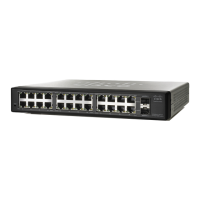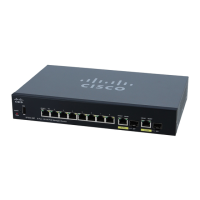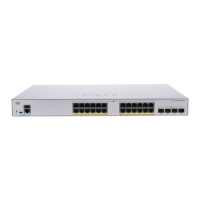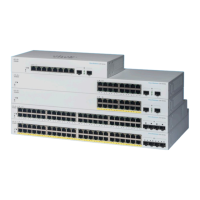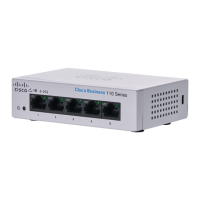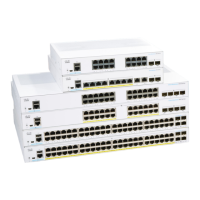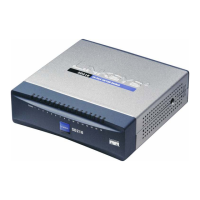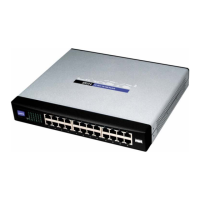Port Management
Link Aggregation
Cisco Small Business 200 Series Smart Switch Administration Guide 120
10
• Static and Dynamic LAG Workflow
• Defining LAG Management
• Configuring LAG Settings
• Configuring LACP
Link Aggregation Overview
Link Aggregation Control Protocol (LACP) is part of the IEEE specification (802.3az) that enables you to
bundle several physical ports together to form a single logical channel (LAG). LAGs multiply the bandwidth,
increase port flexibility, and provide link redundancy between two devices.
Two types of LAGs are supported:
• Static—A LAG is static if LACP is disabled on it. The group of ports assigned to a static LAG are
always active members. After a LAG is manually created, the LACP option cannot be added or
removed, until the LAG is edited and a member is removed (which can be added back prior to
applying), the LACP button then become available for editing.
• Dynamic—A LAG is dynamic if LACP is enabled on it. The group of ports assigned to dynamic LAG
are candidate ports. LACP determines which candidate ports are active member ports. The non-
active candidate ports are standby ports ready to replace any failing active member ports.
Load Balancing
Traffic forwarded to a LAG is load-balanced across the active member ports, thus achieving an effective
bandwidth close to the aggregate bandwidth of all the active member ports of the LAG.
Traffic load balancing over the active member ports of a LAG is managed by a hash-based distribution
function that distributes Unicast and Multicast traffic based on Layer 2 or Layer 3 packet header
information.
The device supports two modes of load balancing:
• By MAC Addresses—Based on the destination and source MAC addresses of all packets.
• By IP and MAC Addresses—Based on the destination and source IP addresses for IP packets, and
destination and source MAC addresses for non-IP packets.
LAG Management
In general, a LAG is treated by the system as a single logical port. In particular, the LAG has port attributes
similar to a regular port, such as state and speed.
The device supports eight LAGs.
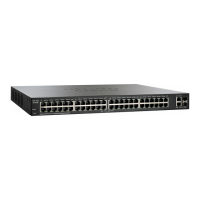
